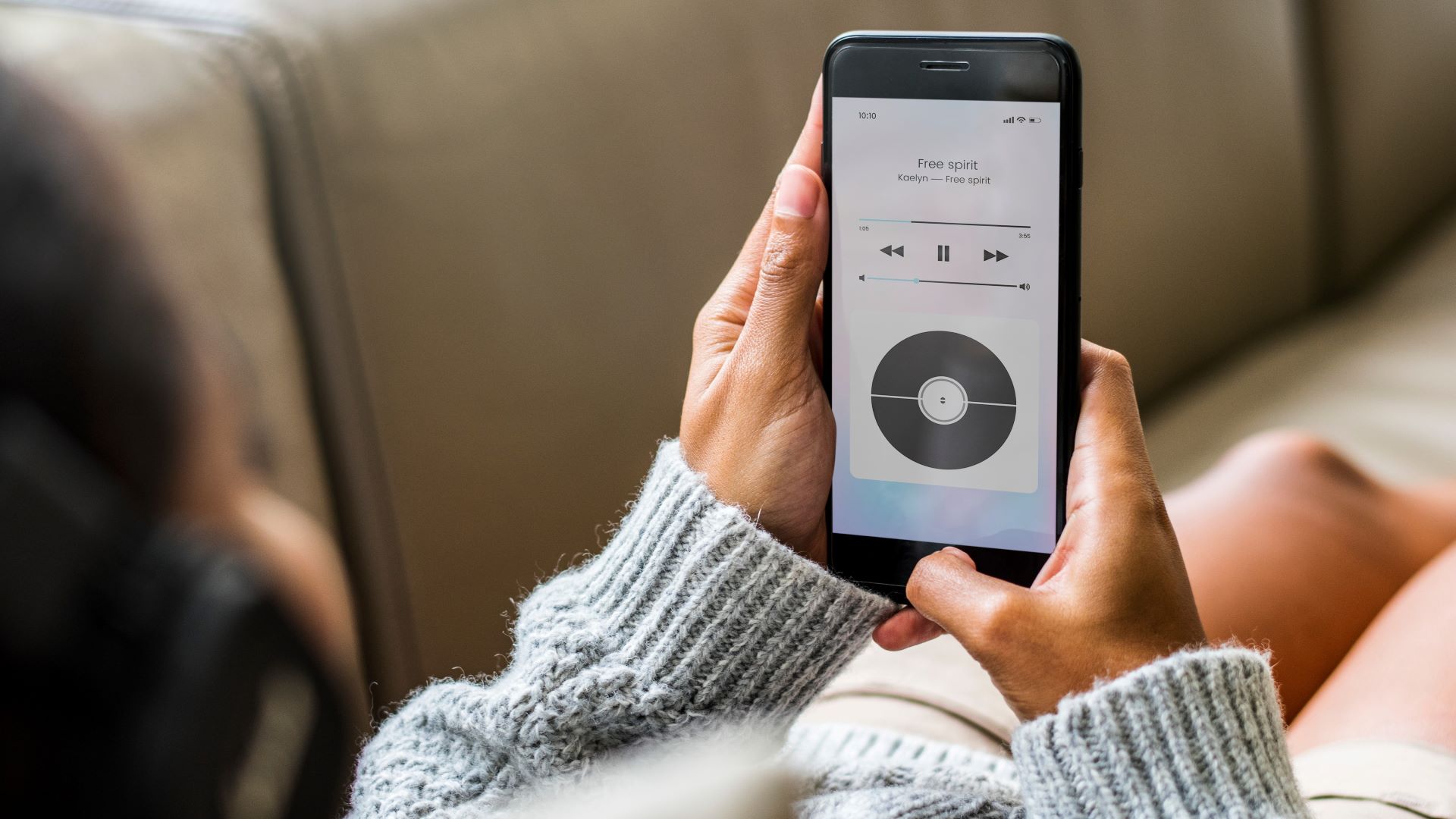Execs see music streaming services as ‘undervalued’ – prepare for more price hikes

Subscription costs for the best music streaming services are going up across the board, making it more expensive than ever for music fans to get their daily fix. And while the price increases are a bad break given the general price inflation worldwide, they’re far from unexpected.
Let’s take a look at what’s gone up and when.
Music streaming service price increases started rolling out in the fall of 2022, when Apple Music hiked the monthly cost of its individual and family plans:
- Apple Music individual plan: from $9.99 / £9.99 / AU$11.99 to $10.99 / £10.99 / AU$12.99
- Apple Music family plan: from $14.99 / £14.99 / AU$13.99 to $16.99 / £16.99 / AU$19.99
Apple’s move was soon followed by Amazon, which earlier this year raised the price of its Amazon Music Unlimited service:
- Amazon Music Unlimited individual plan: from $9.99 / £9.99 up to $10.99 / £10.99 (individual plan pricing remains the same in Australia)
- Amazon Music Unlimited family plan: from $14.99 / £14.99 / AU$17.99 up to $15.99 / £16.99 / AU$18.99
Compared to Apple Music and Amazon Music Unlimited, Tidal has remained a comparative bargain, with the cost for its Tidal HiFi service staying fixed at $9.99 / £9.99 / AU$11.99 per month for an individual plan and $14.99 / £14.99 / AU$17.99 per month for a family plan. But, surprise, surprise, Tidal just announced a price increase, which will bring the cost for that service in line with its Apple and Amazon competition starting on August 1, 2023.
At this point, the only music streaming service to hold off from increasing subscription costs has been Spotify. Although that doesn't seem too far off, with the company’s chief executive Daniel Ek indicating that Spotify wants to raise monthly subscription prices. It's just waiting on agreements with major record labels before moving ahead.
Costs for streaming services in general have been rising, with Netflix, Disney Plus, Apple TV Plus, HBO Max (now Max) and Paramount Plus all having recently hiked prices or announced forthcoming price hikes. Even the relative newcomer Peacock is following suit, with costs for Peacock Premium and Premium Premium Plus subscriptions being raised by parent company NBC Universal.
Sign up for breaking news, reviews, opinion, top tech deals, and more.
Video streaming services have mounted fierce competition for subscribers over the past few years, and part of their competitive strategy, at least initially, was to keep prices locked at a reasonable level. But as video streaming services have seen increased subscriber uptake – Peacock jumped 60% year-on-year during the first three months of this year alone – they’ve been emboldened to increase prices. The typical justification tends to be that doing so will allow them to maintain the quality and the diversity of their programming.
Music streaming service costs: how high can they go?
You'd think that streaming services boosting prices would result in subscriber defections, but that’s not been the case. In a recent article in Music Business Worldwide detailing the June meeting of the National Music Publishers Association (NMPA), an organization that keeps close tabs on music streaming service subscriber data, NMPA CEO David Israelite was quoted as saying: “When Amazon and Apple raised their subscription prices, not only did they not lose subscribers – they experienced subscriber growth.”
The same article cited stats compiled by the NMPA that put Apple Music just behind Spotify when it came to US subscriber count, with Spotify at 44.4 million and Apple Music at 32.6 million. Amazon, meanwhile, checked in at 29.3 million in the stats, which reflect subscriber numbers as of February 2023. So, having a cheaper option in Spotify clearly isn’t causing music fans to sidestep Apple Music and Amazon, as subscriptions to both services are growing.
The video streaming world is also experiencing the seemingly counterintuitive effect of subscriber growth following attempts by services to squeeze more cash from customers. One notorious example: following its long-anticipated crackdown on password sharing, Netflix reported an increase of 6 million new subscribers.
Will video streaming services be able to sustain their momentum with the challenges presented by the current Hollywood writers and actors strikes in the US? It’s difficult to say at this point. Production of some popular shows like House of the Dragon season 2 on Max remain unaffected by the work shutdowns, while new seasons of others like The Mandalorian on Disney Plus and Stranger Things on Netflix are on indefinite pause. But unless agreements get put in place fairly quickly, the flow of shows to streaming services will be impacted, and that could cause subscribers to bail.
Music streaming services aren’t facing the same labor challenges as the Hollywood Studios and video streaming services (largely one and the same at this point), so their product pipeline remains unobstructed. Returning to the NMPA and its June meeting, CEO Israelite further commented that the growth experienced by Apple Music and Amazon following price hikes “shows you that music continues to be undervalued in the pricing by digital music services,” and that “I am hopeful that this new information will be the encouragement that the industry needs to get pricing where it should be.”
To my ears, that sounds like a roadmap for regular price increases by music streaming services, which the industry currently views as being unsustainably cheap. Those changes may not happen in 2023, but get prepared to pay more for your music in the future, and not just from Spotify but from Apple Music, Amazon, Tidal, and smaller niche services as well.

Al Griffin has been writing about and reviewing A/V tech since the days LaserDiscs roamed the earth, and was previously the editor of Sound & Vision magazine.
When not reviewing the latest and greatest gear or watching movies at home, he can usually be found out and about on a bike.